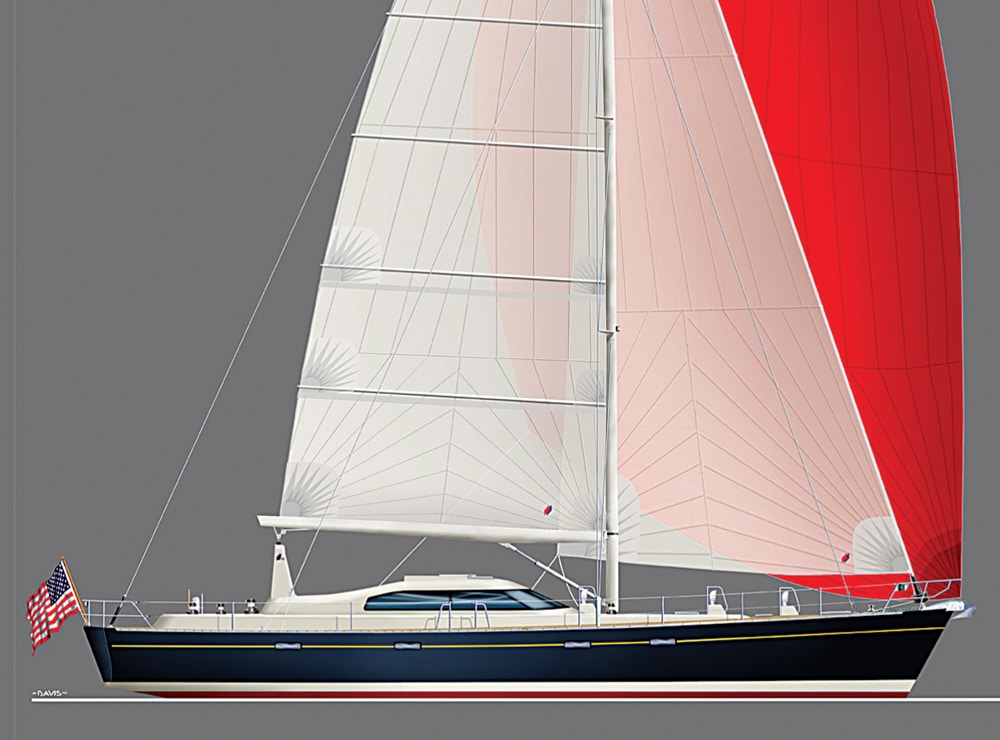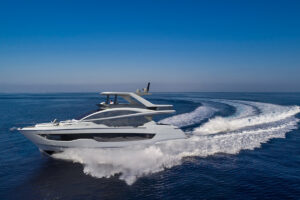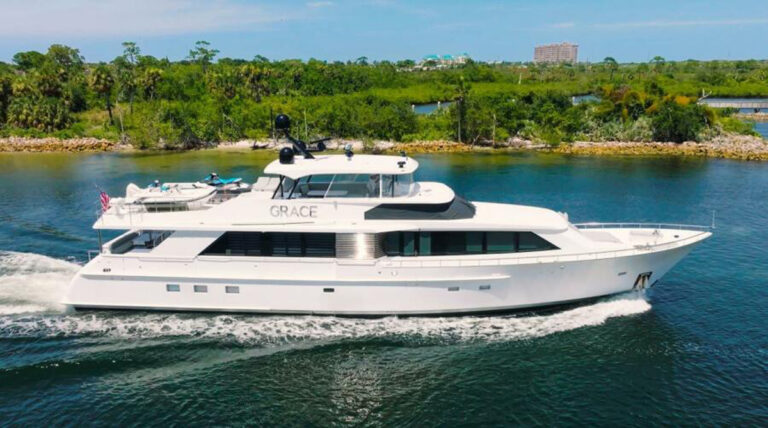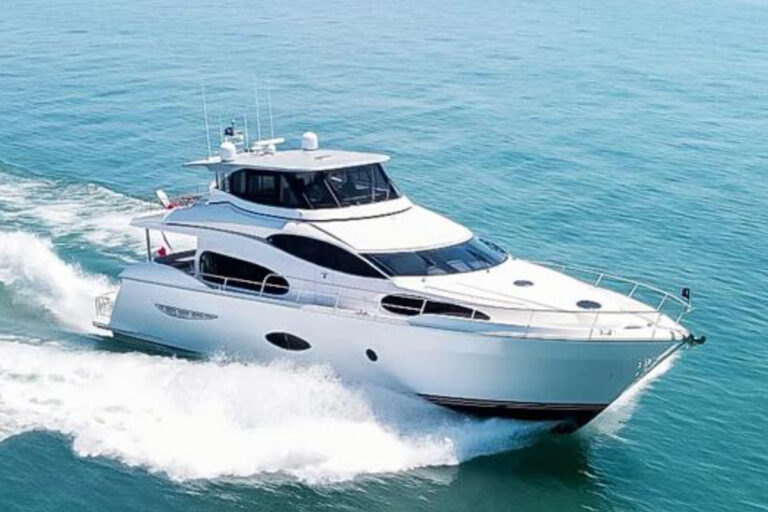
Deerfoot 70
Ulf Rogeberg artfully blends classical and contemporary themes in this Deerfoot 70, a light-displacement cruiser currently under construction at Lyman-Morse Boatbuilding. The first in a line of Deerfoot yachts appeared on the scene in 1978, the brainchild of Steve Dashew. (I have to ask: what is the plural of Deerfoot? Deerfoots— fingernails on a slate chalkboard, and Deerfeet seems ludicrous. I’ll stay with Deerfoot yachts.) A few years later, Dashew (concept) collaborated with Rogeberg (naval architecture) on the Deerfoot 70,_ Locura_, a ketch built in Long Beach, California. A handful of yachts later—from 61 to 74 feet—and after Dashew sold the Deerfoot company, these two gentlemen parted ways. Now, Rogeberg carries on the name and tradition of relatively lightweight yachts designed for simplicity of operation and fast passages in comfort and safety. This latest Deerfoot, christened Ipanema, is the first 70-foot sloop in the line, and Rogeberg developed her from the Deerfoot 67 Deer Dancer.
Juggling the contradictory requirements of high average speeds with a comfortable motion at sea requires a carefully shaped underbody. I visited Lyman- Morse this past December and was delighted to speak with Rogeberg and to study the Deerfoot 70’s underbody. She has U-shape sections in the first few stations, giving her what I like to think of as a soft entry, rather than the knife-sharp entry of a contemporary racing boat. These sections will tame the steepest, nastiest, elements of the sea and provide enough buoyancy to lift her over the swell beneath.
Farther aft, the hull gains beam, flattens a little and becomes deeper, providing the buoyancy needed to deal with the weight of twin Volvo D3 engines, machinery, appliances, and other amenities in the galley, saloon, guest staterooms, and master stateroom. Abaft the keel, the hull flattens more and sweeps upward, giving the bottom a fair amount of rocker. This allows the water to clear the run without creating an undue amount of drag.
As fair and handsome as the Deerfoot 70 is below the waterline, she excels above it. The subtle spring of her sheerline pays homage to classical yachts of sailing’s so-called Golden Age, and does so without making a caricature of the entire design. It’s perfect. A cove stripe and four rectangular portlights in each side reduce the observer’s perception of height. When Ipanema is floating in glorious three dimensions, light and shadows playing off the flare in her topsides also will visually decrease her bulk.
Potholes pepper the path to designing an attractive raised saloon structure, but Rogeberg has avoided all of them. His take on the house resembles the roofline of a fine, grand touring coupe. The organic shape and tinted windows shown in the profile drawing give the structure a delicate look, which nicely complements the classical sheerline, beautifully curved transom and short counter. A more traditional, upright house would look like an afterthought, an excrescence that surely would spoil the entire design. I object to the presence of the arch on aesthetic grounds, but I can’t argue against its practicality as a perch for the Deerfoot’s mainsheet traveler.
Just as the roofline of a GT coupe terminates at the rear deck, or trunk, the 70’s house does likewise — but in this case, the deck is open, creating a sheltered cockpit immediately abaft the companionway hatch. This area, which is over the master stateroom, has a table and seating for guests who aren’t helping to sail the yacht. Notice how the angle at the after end of the superstructure and that of the cockpit coaming match the rake of the stem. These elements lend harmony to the design, enhancing the aesthetics far more than their size leads us to believe.
Ulf Rogeberg Marine Design, +45 3963 8354; ulfrogeberg@post.tele.dk









